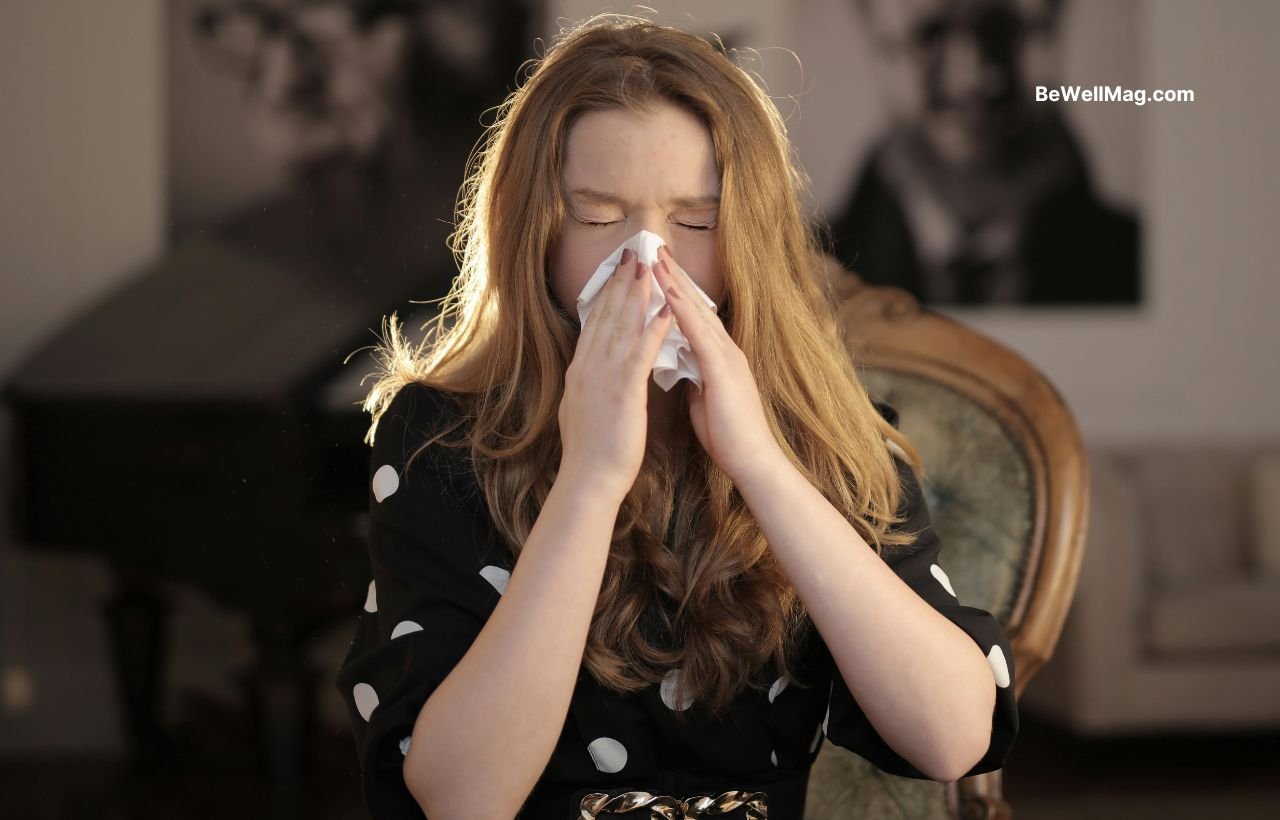Now Reading: Whooping Cough Outbreak: How to Protect Your Family Today
- 01
Whooping Cough Outbreak: How to Protect Your Family Today

Whooping Cough Outbreak: How to Protect Your Family Today
A surge in whooping cough cases is raising alarms. Learn how to safeguard your family with expert-backed prevention and treatment strategies.
Table of Contents
Whooping cough, also known as pertussis, is a highly contagious respiratory infection caused by the bacterium Bordetella pertussis. It primarily affects infants and young children but can also impact adults. The disease is characterized by severe coughing fits, often followed by a high-pitched “whoop” sound when inhaling
Whooping cough, or pertussis, is making a troubling comeback. With cases surpassing 8,000 nationwide in 2025, health officials are urging families to take preventive measures. This highly contagious respiratory infection can be particularly dangerous for infants and vulnerable individuals. In this guide, we’ll explore the latest outbreak trends, symptoms, and actionable steps to protect your loved ones.
Understanding the Whooping Cough Outbreak
Current Trends & Statistics
The Centers for Disease Control and Prevention (CDC) reports a sharp increase in cases compared to previous years. In 2024, over 35,000 cases were recorded, with 10 deaths, six of which were infants. Experts attribute this surge to declining vaccination rates and the return to pre-pandemic infection patterns3.
Why Is Whooping Cough Dangerous?
- Highly contagious: Spreads through airborne droplets when an infected person coughs or sneezes.
- Severe symptoms: Persistent coughing fits, difficulty breathing, and potential complications like pneumonia.
- Risk to infants: Babies under one year are at the highest risk, often requiring hospitalization.
How to Protect Your Family
1. Prioritize Vaccination
The most effective weapon against whooping cough is vaccination.
- Children: Follow the recommended DTaP schedule.
- Adolescents and Adults: A timely Tdap booster is essential to maintain immunity. Healthcare providers strongly advise revisiting immunization records to ensure everyone is adequately protected.
2. Recognize Early Symptoms
Early detection can help mitigate severe complications.
- Common Signs: Look out for a persistent cough, a high-pitched “whoop” sound during inhalation after coughing fits, runny nose, and mild fever. Prompt medical evaluation at the onset of these symptoms can lead to early treatment.
3. Embrace Good Hygiene Practices
Reducing transmission in everyday settings is crucial:
- Hand Washing: Regular and thorough hand washing minimizes the spread of bacteria.
- Avoid High-Risk Environments: When possible, steer clear of crowded places during outbreaks.
- Respiratory Etiquette: Cover your mouth and nose when coughing or sneezing, and consider wearing a mask if you’re in a high-risk area.
4. Seek Immediate Medical Advice
If you suspect a case of whooping cough in your family, contact a healthcare provider immediately. Early intervention with antibiotics can reduce the severity of the disease and help contain its spread.
Key Takeaways
- Rising Cases: Whooping cough is re-emerging as a significant public health concern, with recent data pointing to a return to pre-pandemic case levels.
- Vaccination Is Vital: Keeping up with immunizations, including booster shots, is the cornerstone of prevention.
- Early Recognition Saves Lives: Recognizing early symptoms and practicing good hygiene can substantially lower risks.
- Expert Guidance: Health experts and recent studies emphasize that proactive measures and timely medical intervention are crucial in tackling this outbreak.
Conclusion
The current whooping cough outbreak is more than just a statistical blip—it’s a critical alert to safeguard our communities. By staying informed, ensuring up-to-date vaccinations, and being vigilant about early symptoms, you can effectively protect your family. In times like these, every preventive step counts. Empower yourself with knowledge and take decisive action today.











